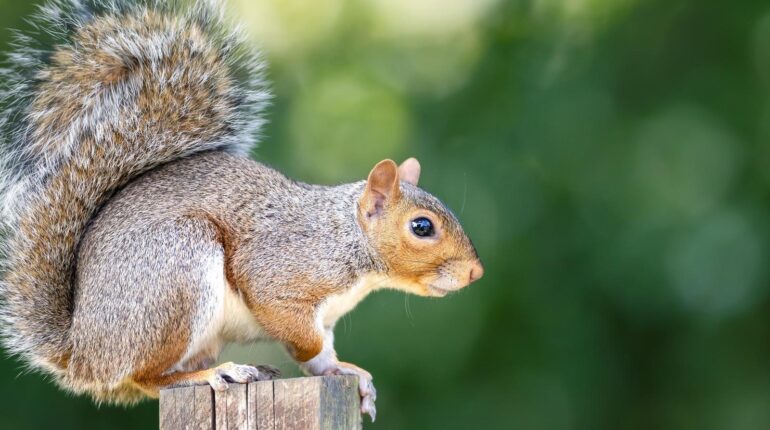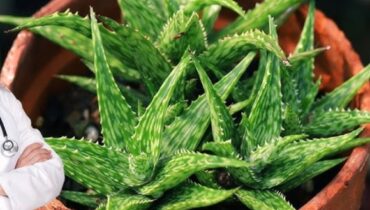📌 This Popular Spring Flower Is Actually a Squirrel Magnet (And What to Plant Instead)

Posted 28 July 2025 by: Admin
Image d’illustration © TopTenPlay EN
Why Tulips Are A Squirrel Magnet In Your Garden
Behind the vibrant spring displays that make tulips garden favorites lies an uncomfortable truth: these beloved flowering plants practically advertise themselves as gourmet meals to neighborhood squirrels. The very characteristics that make tulips so appealing to gardeners—their starchy, nutrient-rich bulbs—create an irresistible target for opportunistic rodents seeking easy calories.
Recent horticultural research reveals that squirrels demonstrate a particular preference for freshly planted tulip bulbs, often detecting and excavating them within hours of installation. This timing creates maximum frustration for gardeners who invest in premium bulbs, only to discover excavated soil and missing plantings the following morning. The starch content in tulip bulbs provides concentrated energy that squirrels instinctively recognize as valuable winter fuel, making newly planted specimens especially vulnerable during fall installation periods.
Even the advancement of perennial tulip cultivars—designed to bloom for three to four consecutive years—hasn’t diminished this threat. These improved varieties, while offering extended garden value, face the same fundamental challenge: their bulbs remain nutritionally attractive to squirrels throughout their lifespan. The rodents’ persistent foraging behavior means that achieving the promised multi-year blooming cycle requires protecting plants from the moment of installation.
This biological attraction places tulips alongside other squirrel favorites like lilies and crocus, creating a pattern that experienced gardeners increasingly recognize as problematic for long-term garden planning.
Image d’illustration © TopTenPlay EN
The Hidden Damage: What Squirrels Really Do To Your Spring Display
While squirrels dominate gardener concerns about tulip destruction, these nimble raiders represent merely the tip of a much larger predatory iceberg. Multiple animal species systematically target tulip installations, creating a coordinated assault that often eliminates entire spring displays before a single bloom emerges.
Field observations reveal that mice, gophers, rabbits, and deer join squirrels in a seasonal feeding frenzy that extends well beyond bulb consumption. These opportunistic feeders attack both underground bulbs and emerging foliage, creating a dual-phase destruction pattern that catches even experienced gardeners off guard. Gophers tunnel directly to bulb locations, while rabbits methodically crop new shoots at soil level, eliminating any chance of successful flowering.
The timing of this damage proves particularly devastating. Most destruction occurs during the critical establishment period when bulbs develop root systems and prepare for spring emergence. Underground predation removes the energy source entirely, while above-ground browsing prevents photosynthesis needed for bulb regeneration. This coordinated feeding behavior explains why many gardeners discover bare soil where they expected colorful tulip beds.
Research indicates that deer browsing alone can eliminate 80% of tulip foliage within 48 hours of emergence, while underground predators simultaneously consume replacement bulbs. This multi-species approach creates a near-impossible protection scenario, as defending against one species often leaves gardens vulnerable to others. The cumulative effect transforms what should be reliable spring displays into expensive experiments in wildlife feeding.
Image d’illustration © TopTenPlay EN
Smart Plant Alternatives That Squirrels Actually Avoid
Rather than engaging in costly protection warfare against determined wildlife armies, strategic gardeners increasingly turn to botanical psychology — selecting flowering plants that naturally repel rather than attract destructive visitors. This preventive approach leverages inherent plant characteristics that make certain species fundamentally unappealing to squirrels and their opportunistic allies.
Daffodils emerge as the standout alternative to tulip vulnerability. These spring bloomers contain natural alkaloids that create an effective chemical deterrent, making them genuinely off-putting to squirrels who typically avoid their bulbs entirely. Unlike tulips’ starchy appeal, daffodil bulbs present an actively unpleasant feeding experience that educates wildlife to seek easier targets elsewhere.
The exclusion strategy extends beyond single plant substitutions. Lilies and crocus rank alongside tulips as documented squirrel favorites, creating a problematic plant trio that consistently attracts garden raiders. Eliminating these three species from spring planting schemes dramatically reduces wildlife interest in garden spaces, effectively transforming formerly attractive feeding grounds into neutral territory.
Smart gardeners report that replacing just 60% of tulip plantings with daffodil alternatives creates a notable reduction in overall squirrel presence. This strategic plant selection functions as an environmental modification that addresses the root attraction rather than symptoms. The approach proves particularly effective when combined with elimination of other known squirrel magnets, creating gardens that naturally discourage rather than invite wildlife interference while maintaining spectacular spring color displays.
Image d’illustration © TopTenPlay EN
Protection Strategies For Existing Tulip Gardens
For committed tulip enthusiasts unwilling to abandon their beloved spring displays, exclusion methods represent the most effective defense against persistent squirrel raids. These tactical approaches acknowledge that determined wildlife will return repeatedly, requiring systematic protection protocols that evolve with plant growth phases.
Chicken wire emerges as the primary defense for newly planted bulbs during their most vulnerable period. Install wire barriers immediately after planting, securing them firmly against soil surface to prevent digging access. This critical timing protects the starchy bulbs that squirrels find most irresistible, particularly during autumn planting seasons when food competition intensifies.
As tulips begin emerging from soil, protection strategies must adapt accordingly. Remove ground-level wire barriers and reposition them around individual developing plants, creating personalized shields that accommodate growth while maintaining security. This progressive approach ensures continuous protection without stunting plant development or creating growth obstacles.
The protection timeline concludes strategically once tulips reach full bloom. Plants become significantly less attractive to squirrels during flowering phase, allowing safe wire removal without compromising display aesthetics. This natural behavioral shift reflects squirrels’ preference for energy-rich bulbs over mature flowering plants.
However, physical protection alone proves insufficient without addressing broader garden attractants. Daily removal of bird seed spillage, fallen nuts, and fruit debris eliminates competing food sources that draw squirrels into garden proximity. This comprehensive approach combines targeted tulip protection with environmental management, creating layered defense systems that significantly improve spring display survival rates while maintaining garden accessibility for human enjoyment.




















